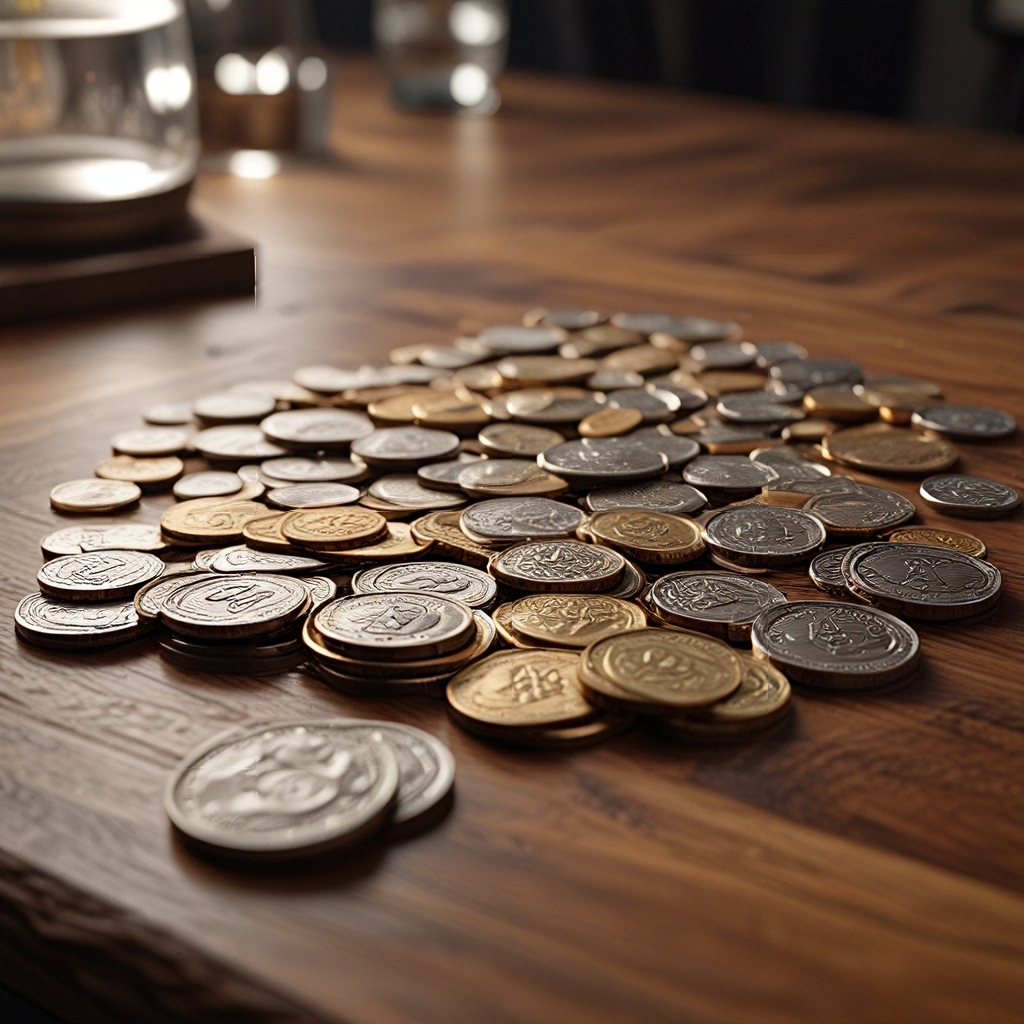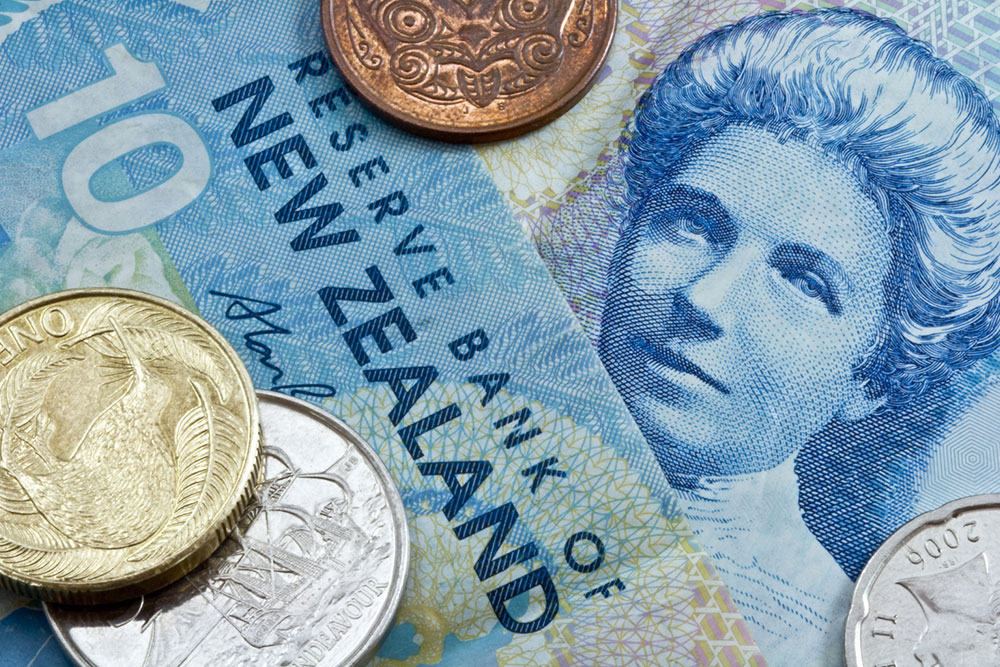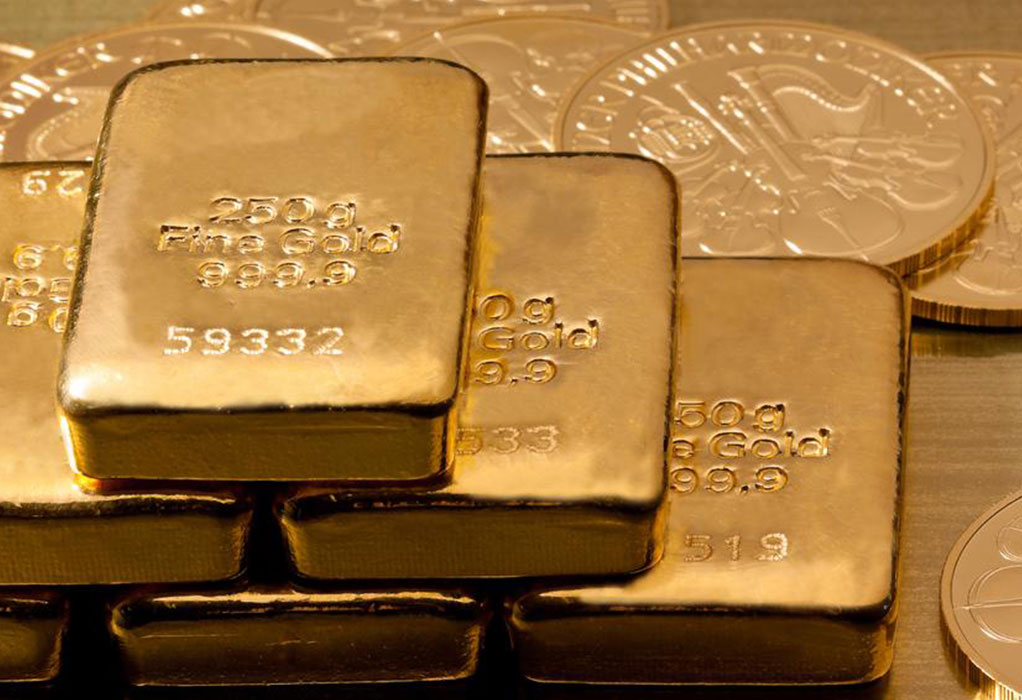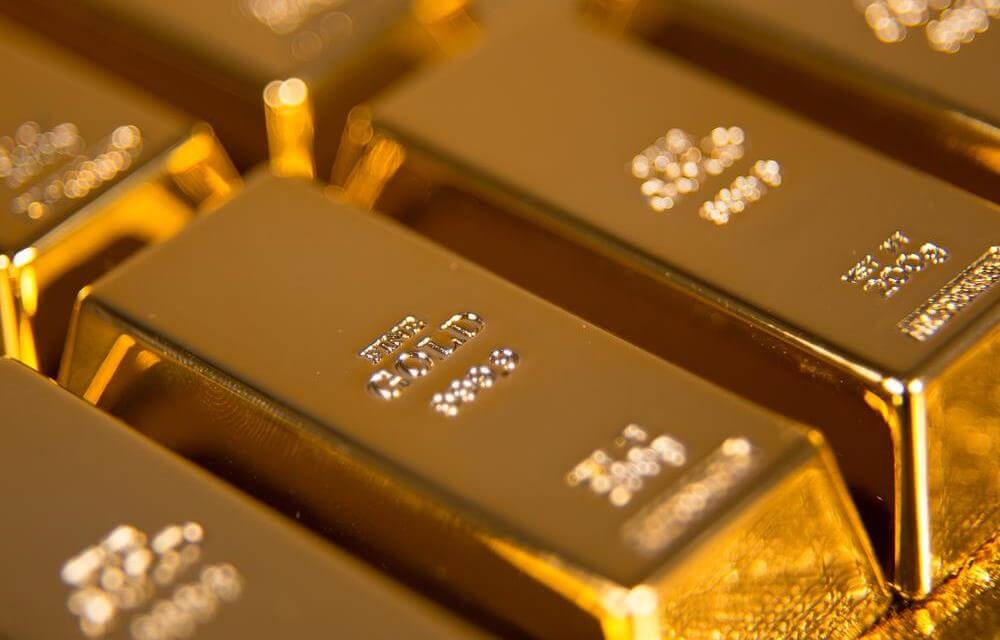The Rich Heritage of Mexican Coins: A Deep Dive into Numismatic History
Discover the rich history and cultural significance of Mexican coins, from pre-Columbian trade tokens to modern bullion. Learn how coins reflect Mexico's diverse eras, including colonial silver, imperial gold, revolutionary symbols, and contemporary collectibles. This detailed guide highlights the stories, rarity, and value of Mexico's most iconic coins, making it a must-read for numismatics enthusiasts and history lovers alike.
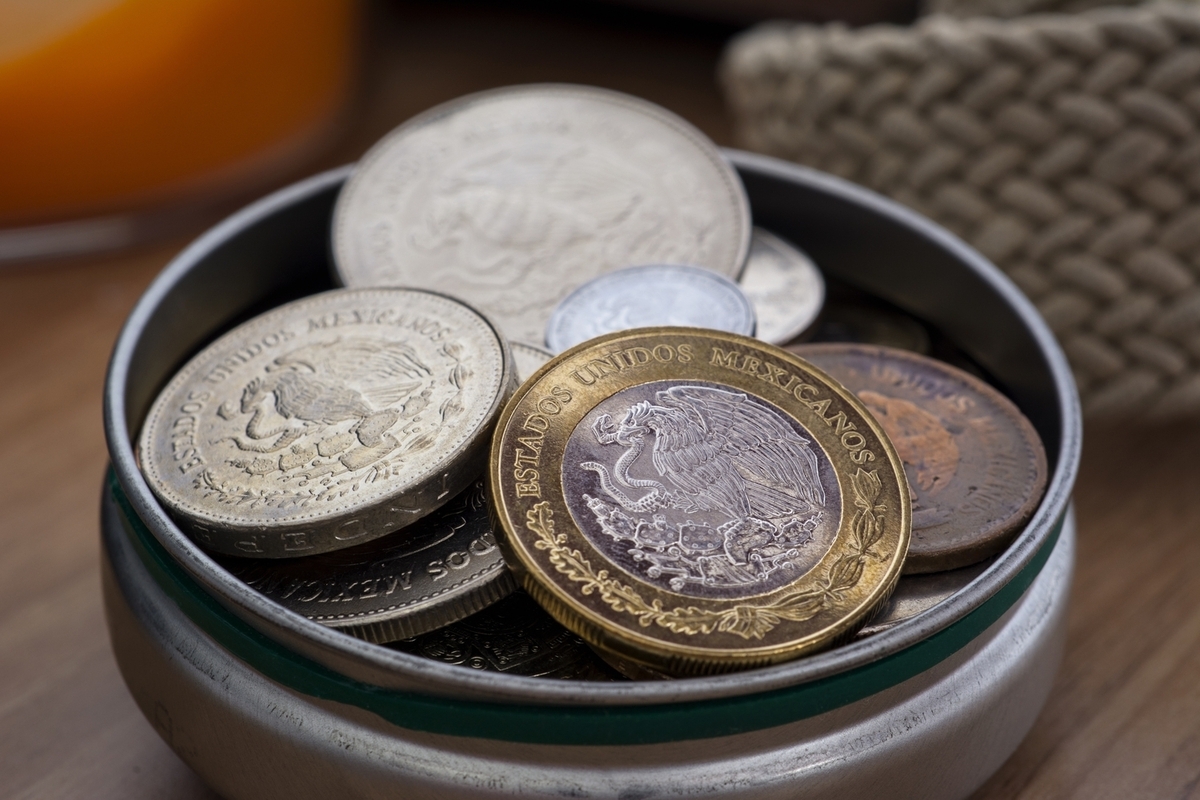
Mexico boasts a captivating numismatic history that reflects its vibrant cultural evolution and dynamic socio-economic developments over centuries. Mexican coins are celebrated not merely for their monetary value but also for their profound cultural, historical, and artistic significance. These coins serve as tangible links to Mexico's diverse past, making them highly sought after by collectors, historians, and investors worldwide. From ancient indigenous trading practices to modern bullion coins, each piece tells a unique story filled with cultural richness and historical importance. This comprehensive exploration delves into some of Mexico’s most iconic and valuable coins, revealing the stories they carry across different eras and emphasizing their enduring legacy.
Pre-Hispanic Period: The Origins of Trade and Currency
Long before European contact, indigenous civilizations such as the Aztecs, Mayans, and Zapotecs engaged in complex trade networks that necessitated a form of currency. Instead of coinage, they relied on barter systems supplemented by the use of valuable commodities. Items like cacao beans, feathers, salt, and shells functioned effectively as currency because of their intrinsic value and widespread acceptance. Cacao beans, in particular, held special significance in Aztec society, serving both as a currency and a symbol of wealth and prosperity. These early trade tokens set the foundation for Mexico’s eventual use of minted coinage when formal monetary systems emerged later in history.
Colonial Era: The Birth of Mexican Minting and Silver Coinage
The arrival of Spanish conquistadors in the 16th century marked a significant shift in Mexico's monetary history. The Spanish established the first official mint in the New World, the Casa de Moneda de México, in 1535. This institution signified the beginning of Mexico’s extensive coinage tradition and became one of the earliest mints in the Americas. Silver, abundant in Mexico, quickly became the primary material for coin production. Among the most famous coins from this period is the 'Piece of Eight,' or real de a ocho, which gained international prominence. These coins were crucial in facilitating trade across continents and laid the groundwork for Mexico’s reputation as a leading silver producer.
The 8 Reales Coin: A Global Standard
The 8 Reales coin, often associated with the iconic 'Piece of Eight,' was produced extensively in Mexican mints. Its consistent weight, high silver purity, and broad acceptance made it a global currency standard during the 17th and 18th centuries. Collectors highly prize coins from specific years or those bearing rare mint marks, which significantly increase their rarity and value. The coin’s widespread usage across Europe, Asia, and North America underscores Mexico’s integral role in early global commerce and highlights its numismatic importance.
Post-Independence Coinage: Establishing a National Identity
Mexico achieved independence from Spain in 1821, marking the beginning of its journey towards monetary sovereignty. The newly founded nation began issuing its own currency, primarily the Mexican peso, which symbolized national identity and economic stability. Coins from this period reflect the transition from colonial influence to independent governance, often bearing national symbols and revolutionary themes. These coins are highly valued today, both for their historical significance and their silver content. They encapsulate Mexico’s struggle for sovereignty and its aspirations as a modern nation.
Imperial Coins: The Era of Monarchy and Emperor Coins
During the 19th century, Mexico experienced different imperial regimes that issued distinctive coins. Coins featuring Emperor Agustín de Iturbide, who briefly proclaimed himself Emperor of Mexico, are considered rare and historically significant. Later, during the reign of Emperor Maximilian I (1864-1867), the country minted gold coins such as the 1866 50 pesos, which remain highly prized among collectors. These imperial coins are notable for their precious metal content and serve as symbols of Mexico’s brief monarchy periods. The intricate designs, historical context, and metal purity all contribute to their desirability today.
20th Century: Coins Marking Political Shifts and National Milestones
The 20th century was a transformative period for Mexican coinage, reflecting significant political upheavals and national milestones. During the Mexican Revolution (1910-1920), several commemorative and revolutionary-themed coins were issued. Notable among these is the Caballito peso, minted between 1910 and 1914, which depicts Liberty on horseback and symbolizes the revolutionary spirit. Additionally, the Centenario gold coin, introduced in 1921, commemorates the 100th anniversary of Mexico’s independence. These coins are treasured for their historical significance and their gold content, making them popular among collectors and investors alike.
Contemporary Mexican Coins: Modern Numismatic Innovations
In recent decades, Mexico’s coin manufacturing has evolved with advances in minting technology and design. The Silver Libertad, introduced in 1982, and the Gold Libertad, from 1981, are among the most renowned modern bullion coins. These coins combine artistic excellence with high-quality metal content, making them popular among investors and collectors worldwide. Limited editions, special minting features, and unique designs increase their collectibility and investment value. These modern coins continue to embody Mexico’s rich heritage while appealing to contemporary numismatic interests.
Today, Mexican coins serve as more than mere monetary tools; they are living histories that narrate Mexico’s journey from ancient civilizations through colonial rule, independence, monarchy, revolution, and modern times. Each coin encapsulates the stories, struggles, and triumphs of Mexico’s diverse past, making them invaluable to those passionate about history and numismatics. Whether as an investment or a collectible, Mexican coins offer a rewarding gateway into Mexico’s cultural legacy—an enduring testament to a nation’s rich and complex history.
For enthusiasts and newcomers alike, exploring Mexico’s numismatic collection is an enriching experience, revealing the intricate link between monetary history and national identity. With each coin, collectors can gain insights into Mexico’s historical moments, artistic trends, and societal shifts, forging a deeper appreciation for the nation's enduring spirit.
